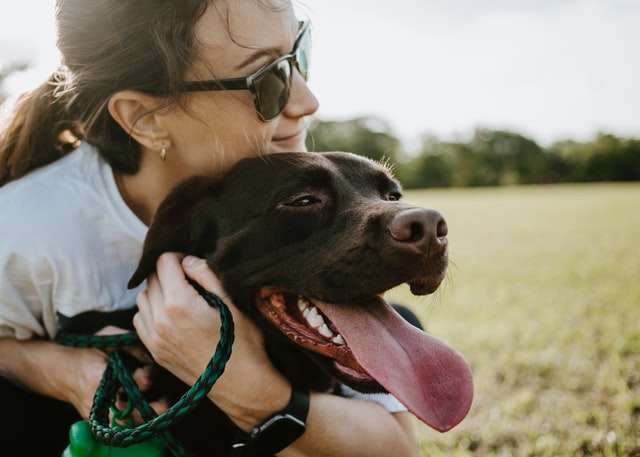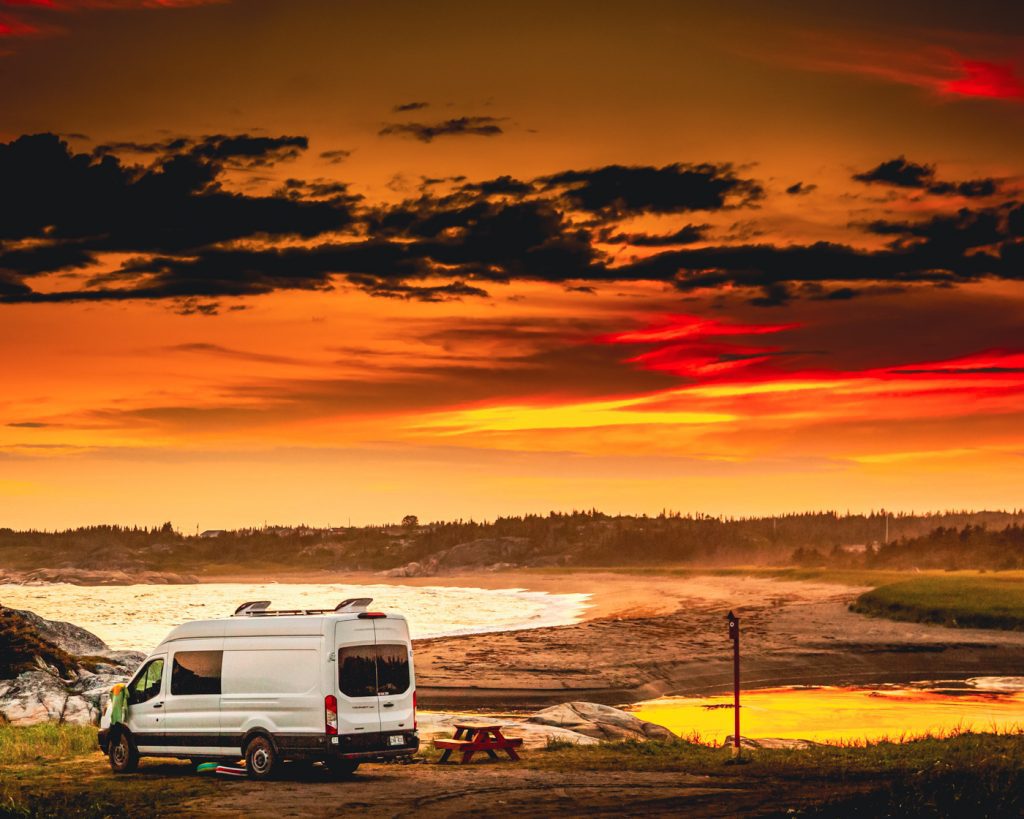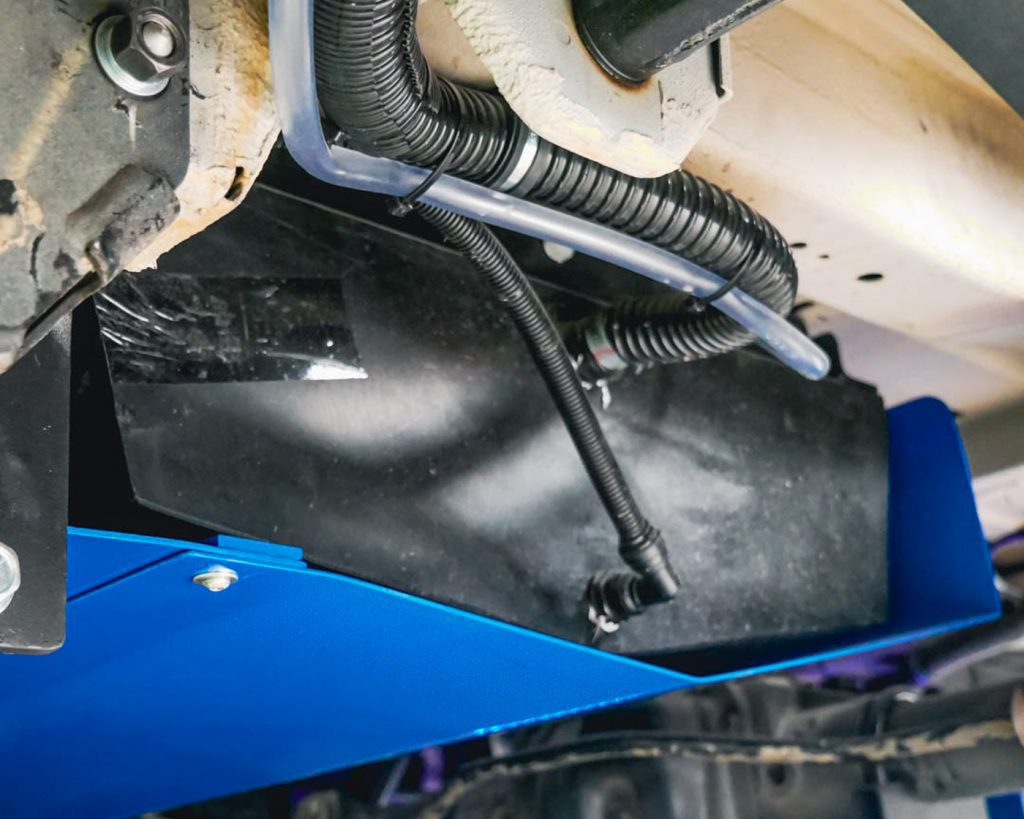The allure of van life is natural. The freedom to travel, the simplicity of minimalistic living, and the ability to immerse oneself in nature are just some appealing aspects. But before you start tearing out seats and installing cabinets, there’s an essential first step: planning your perfect van conversion based on your hobbies and passions.
Step 1: Hobby and Passion Accommodation
Mapping out the necessary space for your hobbies and passions is a crucial initial step. Consider the following:
- Storage and Maintenance of Equipment: If your hobby involves equipment that requires cleaning, think about how this will be accomplished. Determine if special storage conditions are needed.
- Sharing Space with Others: If you’re travelling with someone, consider their equipment too. Plan for where their belongings will go and how they will be stored.
- Physical Space Requirements: Consider the space needed for comfortable sleeping and living. These factors will influence the van’s overall layout and bed size. For example, you might need a longer bed if you’re tall.

Step 2: Coexistence and Space Sharing
Planning for space sharing is vital when travelling with a partner or friend. This step includes:
- Storage Space: Everyone’s belongings need their own space. Plan this accordingly to ensure harmony during the journey.
- Physical Space: Consider the physical space required for comfortable sleeping and moving around. Your height and freedom of movement should be factored into the overall layout of the van and bed size.
- Privacy: Consider personal space needs and design the layout accordingly. This might involve creating separate sleeping areas or installing a privacy curtain.
Step 3: Remote Work Provisions
Many van lifers work remotely, requiring you to plan for a workspace in your van:
- Workspace: Determine what your work needs. This could be a desk, tools, an extra screen, etc. Consider where these items will go when in use and when stored away.
- Partner Workspace: If travelling with a partner, consider their work needs, too. Plan where their work equipment will go and if they need a separate workspace.
- Internet Access: Research reliable internet options for remote work, such as a mobile hotspot or satellite service.
Step 4: Layout Planning for Storage
Storage is a critical aspect of van life. It’s essential to have a place for everything and everything in its place. When planning your van conversion, consider the following:
- General Storage: Think about where you’ll store clothes, kitchen items, toiletries, and other everyday necessities. Consider incorporating overhead cabinets, under-bed storage, or hidden compartments within your furniture designs.
- Hobby Equipment Storage: As discussed earlier, your hobbies and passions require dedicated storage spaces. Whether it’s a surfboard, golf clubs, musical instruments, or art supplies, ensure these items can be securely stowed without taking up too much living space.
- Work Equipment Storage: If you’re working on the road, you’ll need a safe place to store your work equipment. This could be a dedicated drawer or cabinet for tools, a secure place for a laptop, or a compartment for any other work essentials.
- Food Storage: Consider your food storage needs. You’ll likely need a place for a small fridge or cooler, plus storage for dry goods. Think about maximising space—perhaps with a pull-out pantry or stackable storage containers.
- Unique Storage Solutions: Van life often requires creative solutions. Depending on your specific needs, you might think about unique storage solutions like magnetic strips for knives or spices, hanging fruit baskets, or shoe organisers repurposed for various items.

Step 5: Planning for Pets
If you’re planning to bring a furry friend along on your van life adventure, there are several factors to consider:
- Sleeping Arrangements: Pets need their own safe and comfortable space to sleep. This could be a dedicated pet bed or a cozy corner of your sleeping area. Make sure it’s a spot where they can relax and feel secure.
- Bathroom Breaks: Unlike at home, pets can’t just head out the back door when nature calls. You’ll need to plan regular stops for bathroom breaks. If you have a cat, you might need to accommodate a small litter box in your van layout.
- Safety While Driving: Safety is paramount when you’re on the move. Pets should be secured while driving to prevent injury. This could mean using a pet seatbelt, a travel crate, or a custom-built secure area.
- Space for Play and Exercise: Pets need daily exercise, so think about how you’ll provide this on the road. You should stop at pet-friendly parks or trails along your route. Consider bringing some small toys or a scratching post for indoor play if space allows.
- Food and Water Storage: Remember pet food and water storage. Depending on the size of your pet, you may need significant space for this, especially for longer trips.
Step 6: Water and Power Provisions
Living in the van requires carefully considering both your water and power needs. Here are several factors to bear in mind:
- Water Storage: Depending on your travel plans, you must carry significant quantities of fresh water for drinking, cooking, and cleaning. You might need a built-in water tank, portable water jugs, or a combination of both. Remember to plan for wastewater storage if you intend to have a sink or shower within your van.
- Solar Power: For most van lifers, solar power is the most sustainable and cost-effective way to meet your energy needs. You’ll need to determine the size and number of solar panels suitable for your power consumption and consider the weight and space they’ll add to your van.
- Battery Storage: An excellent solar setup is complete with a place to store the power you generate. A deep-cycle battery bank can store electricity when the sun isn’t shining. Research the best options for your needs, and remember to factor in the weight and space requirements.
- Power Needs Assessment: Consider all the devices and systems in your van that’ll require electricity – lights, fridges, cooking appliances, heaters, fans, electronics, and more. Tally up their power consumption to ensure your solar and battery system can handle the load.
- Water Heating: If you’re planning hot water in your van (for showers or washing up), consider how this will be heated. Options could include a solar water heater, a gas-powered system, or a heat exchange system that warms water as you drive.
- Backup Power Source: It’s a good idea to have a backup power source, such as a generator or additional battery, in case of extended periods of poor sunlight or unexpected power drains.
Summary and Conclusion
In conclusion, planning a van conversion is no small feat. It requires careful consideration and meticulous planning—from the initial design and layout to including functional workspaces, ingenious storage solutions, pet-friendly provisions, and sustainable water and power systems. The key to a successful van life lies in personalising your space to not just accommodate but enhance your lifestyle, hobbies, and work commitments, all while ensuring the safety and comfort of all occupants, including your pets. By undertaking thorough research, utilising creative problem-solving, and maintaining flexibility, you can create a mobile home with the freedom and flexibility to experience life on the road. Whether you’re an adventurer at heart or a digital nomad seeking a change of scenery, your well-planned van conversion will be a trustworthy companion to support your life’s journeys. Happy travels!



